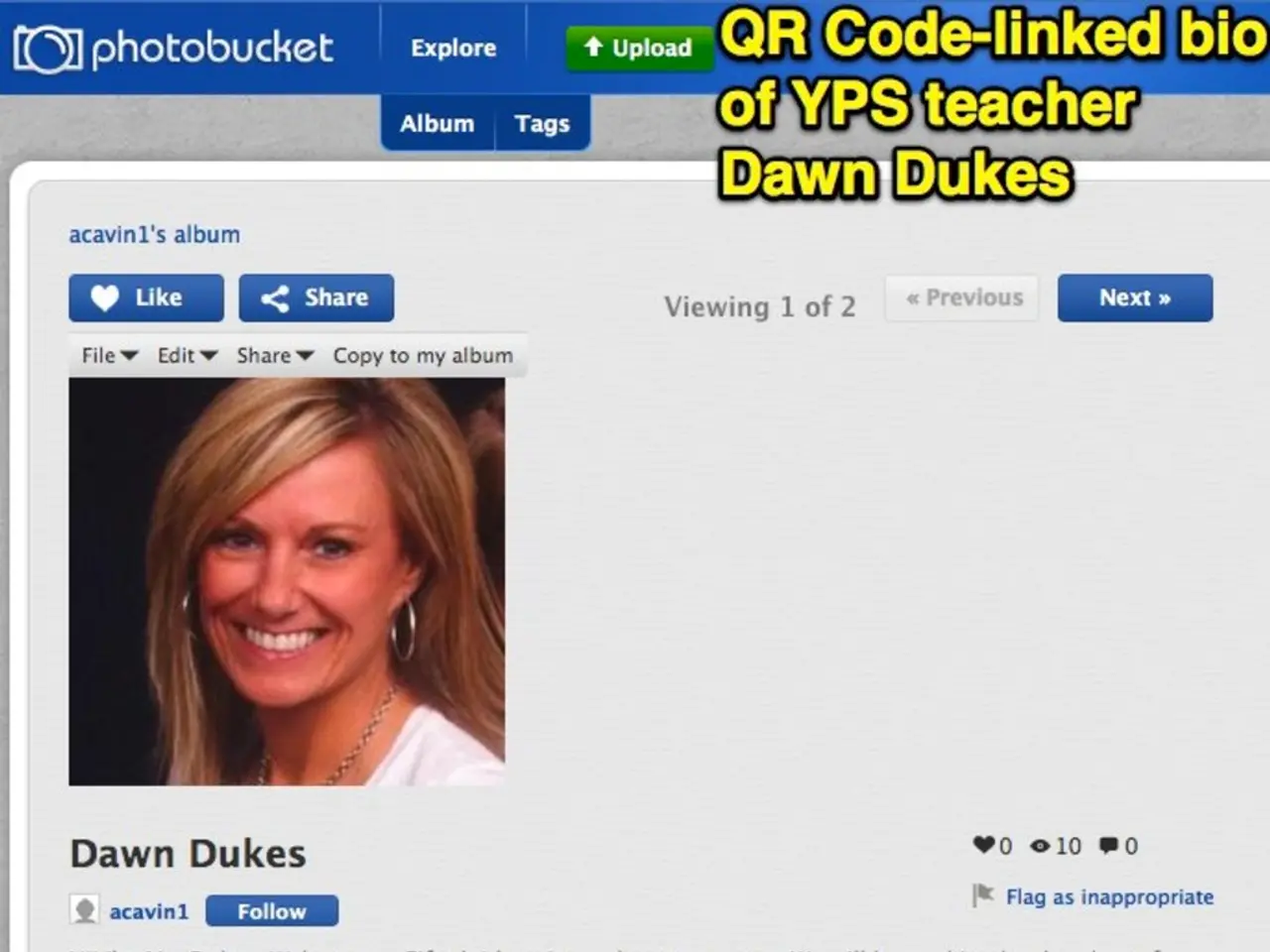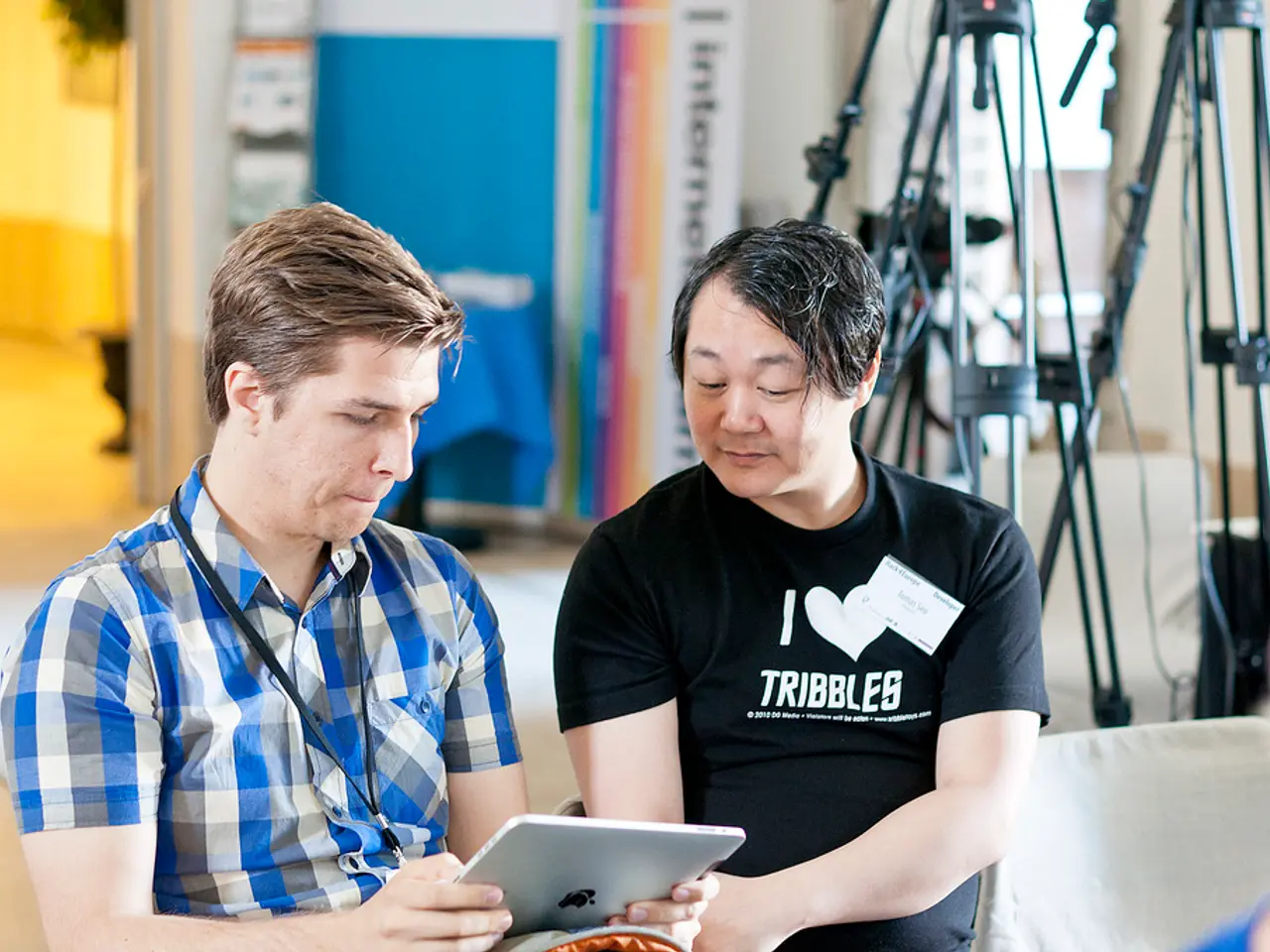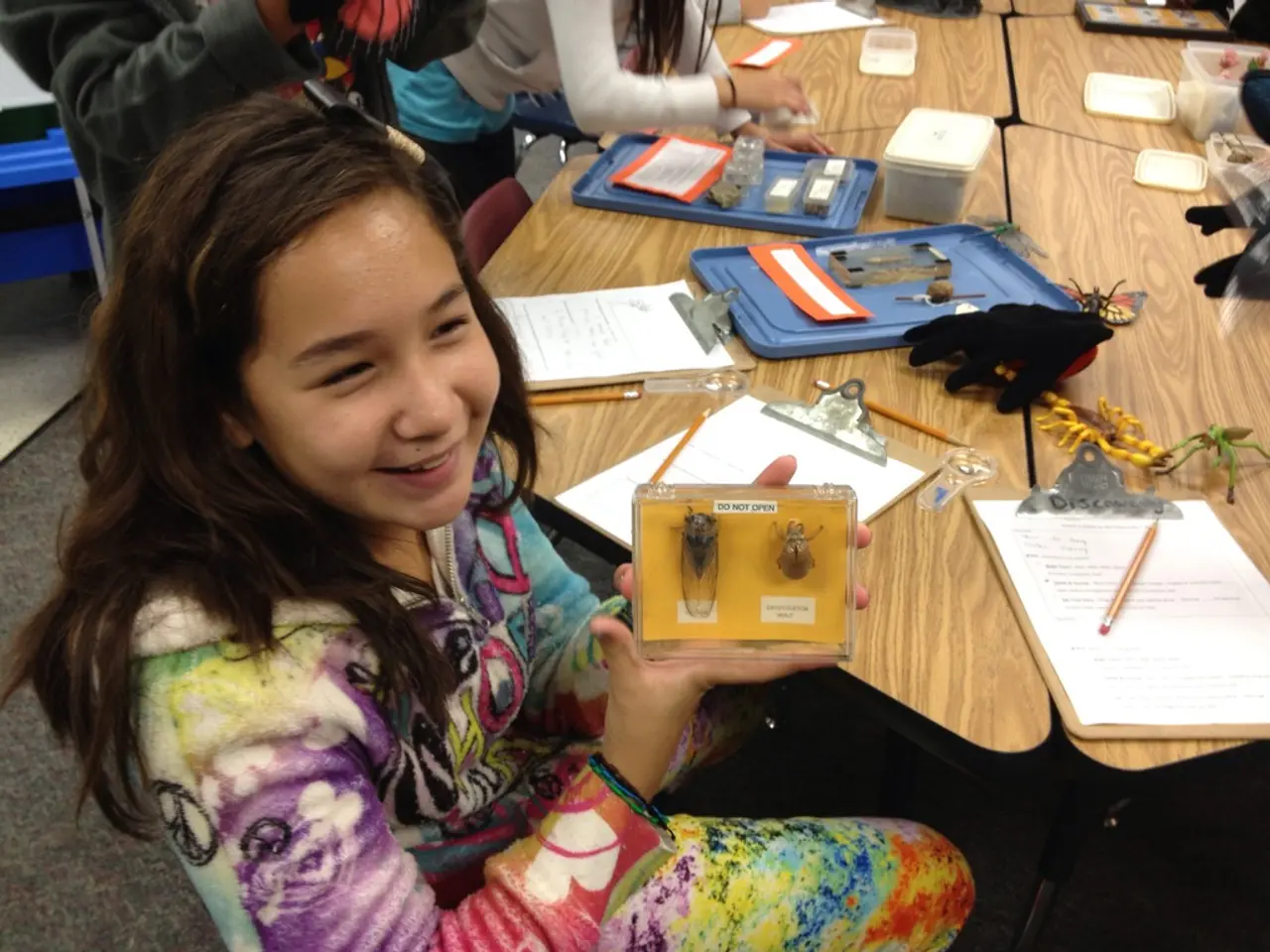Social Media's Influence on Everyday Living
Social media has become an integral part of our daily lives, serving as a platform for professional networking, career development, and access to educational content. However, it's essential to be aware of its potential impact on various aspects of our lives while harnessing its benefits in a mindful way.
Social media platforms like LinkedIn, Facebook, Instagram, Twitter, and YouTube can influence the way we communicate, interact with others, and perceive ourselves. While they offer numerous benefits, they also come with their own set of challenges and potential negative impacts on our mental health, relationships, body image, productivity, and personal development.
Research has shown that excessive social media use can lead to long-term effects on mental health, including increased risk of depression, anxiety, poor self-esteem, sleep disturbances, emotional fatigue, addiction-like behaviours, decreased attention span, and more. These effects are often driven by social comparison, fear of missing out (FOMO), cyberbullying, and compulsive use patterns.
Depressive symptoms tend to increase over time in adolescents with higher-than-average social media use, with evidence showing that social media use in early adolescence predicts greater depressive symptoms later on. Excessive use contributes to decreased self-esteem through continuous comparison with idealized portrayals of others’ lives, leading to feelings of inadequacy and distorted reality perception.
Addiction-like behaviours emerge, such as compulsive checking and the inability to disengage, which disrupt daily functioning, sleep, and real-life social interactions. Prolonged social media exposure relates to difficulty focusing, emotional fatigue, and increased emotional volatility in youth. Cyberbullying and online harassment further exacerbate anxiety, depression, and suicidal ideation risks among vulnerable populations.
However, it's not all doom and gloom. Interventions focusing on teaching adolescents cognitive-behavioral strategies, mindfulness, and media literacy have shown promise in mitigating long-term adverse effects, being more effective than outright bans or warnings alone.
To use social media in a healthy way, tips include setting boundaries for screen time, being mindful of the content consumed, and cultivating a positive and supportive online community. It's also important to be aware of the impact of social media on mental health and seek support if needed. Mindful consumption and curation of social media content can help mitigate potential negative impacts such as comparison and self-doubt.
In conclusion, striking a balance with social media involves being aware of its potential impact on various aspects of our lives while harnessing its benefits in a mindful way. By being discerning about the content consumed, setting boundaries, and seeking support when needed, we can ensure that social media enhances our lives rather than detracts from them.
References:
- Przybylski, A. K., Weinstein, N., Murayama, K., & Ryan, R. M. (2013). The self-determination theory of human motivation, development, and health. Current directions in psychological science, 22(3), 131-137.
- Orben, A., & Przybylski, A. K. (2019). The association between social media use and adolescent well-being is driven by depression and anxiety. Clinical psychology and psychological science, 20(1), 33-45.
- Twenge, J. M., & Campbell, W. K. (2019). The impact of social media on adolescent well-being. Pediatrics, 144(Supplement 2), S150-S158.
- Kross, E., Verduyn, P., Demiralp, E., Park, J., Lee, M., Lee, J., & Lin, C. (2013). Facebook use predicts declines in subjective well-being in young adults. PLoS ONE, 8(2), e57398.
- O'Keeffe, E., & Clarke-Pearson, K. (2011). The impact of social media on children, adolescents, and families. Pediatrics, 127(4), 898-906.
- Aware of the potential negative impacts on mental health, relationships, and personal growth, social media should be navigated with discernment, mindful of the content consumed.
- In health-and-wellness spheres, excessive social media use can lead to poor self-esteem, depression, anxiety, and sleep disturbances, making it crucial to seek support for mental health issues if needed.
- Education-and-self-development platforms like LinkedIn can foster career growth, but constant comparison with idealized portrayals on other platforms may lead to self-doubt and inadequacy.
- To promote productivity, setting boundaries for screen time on social media and cultivating a positive online community become essential, mitigating the risk of compulsive checking and addiction-like behaviors.
- By embracing lifestyle strategies like mindfulness, media literacy, and positive self-talk, one can leverage social media for educational and career development purposes while minimizing its potential adverse effects on overall well-being and personal growth.




